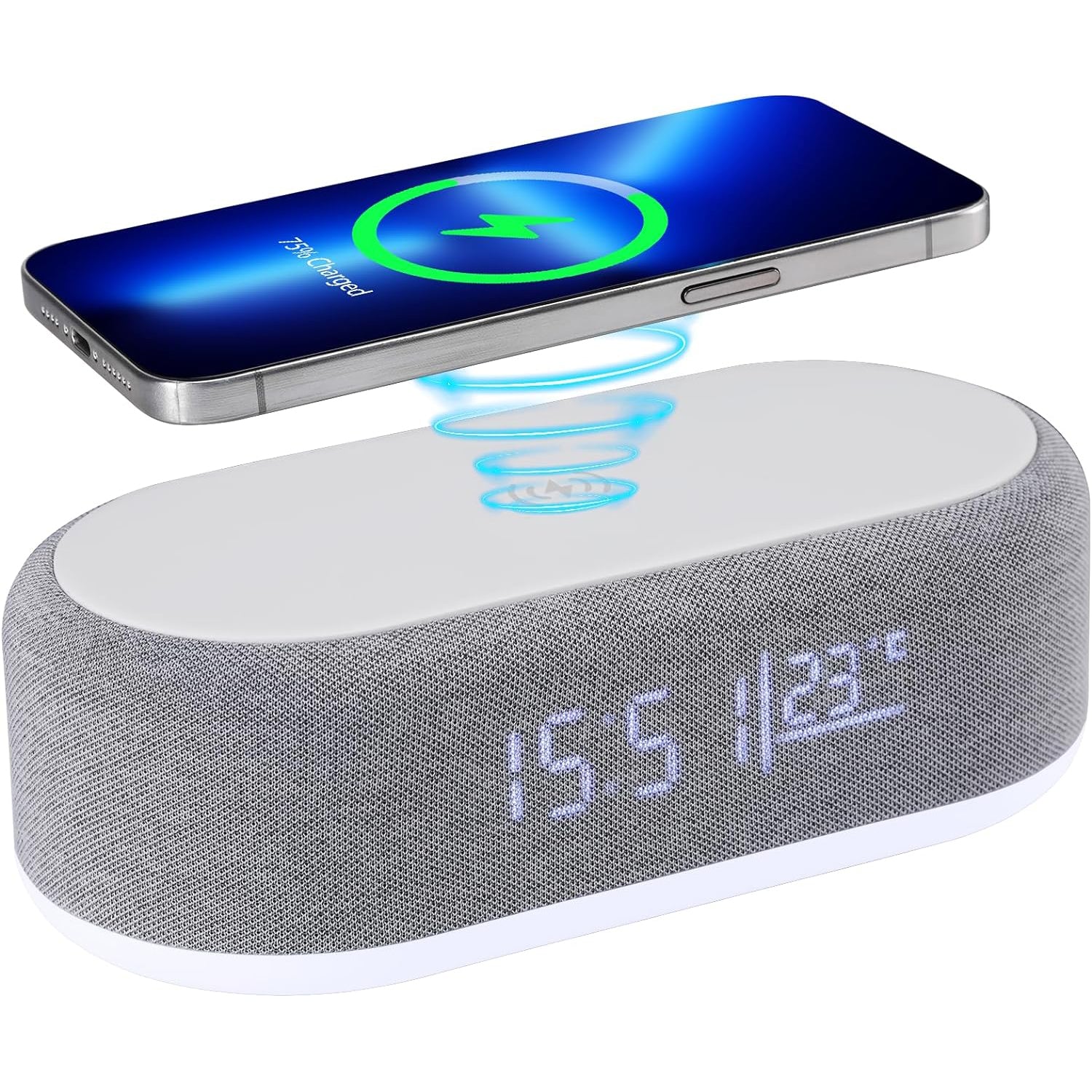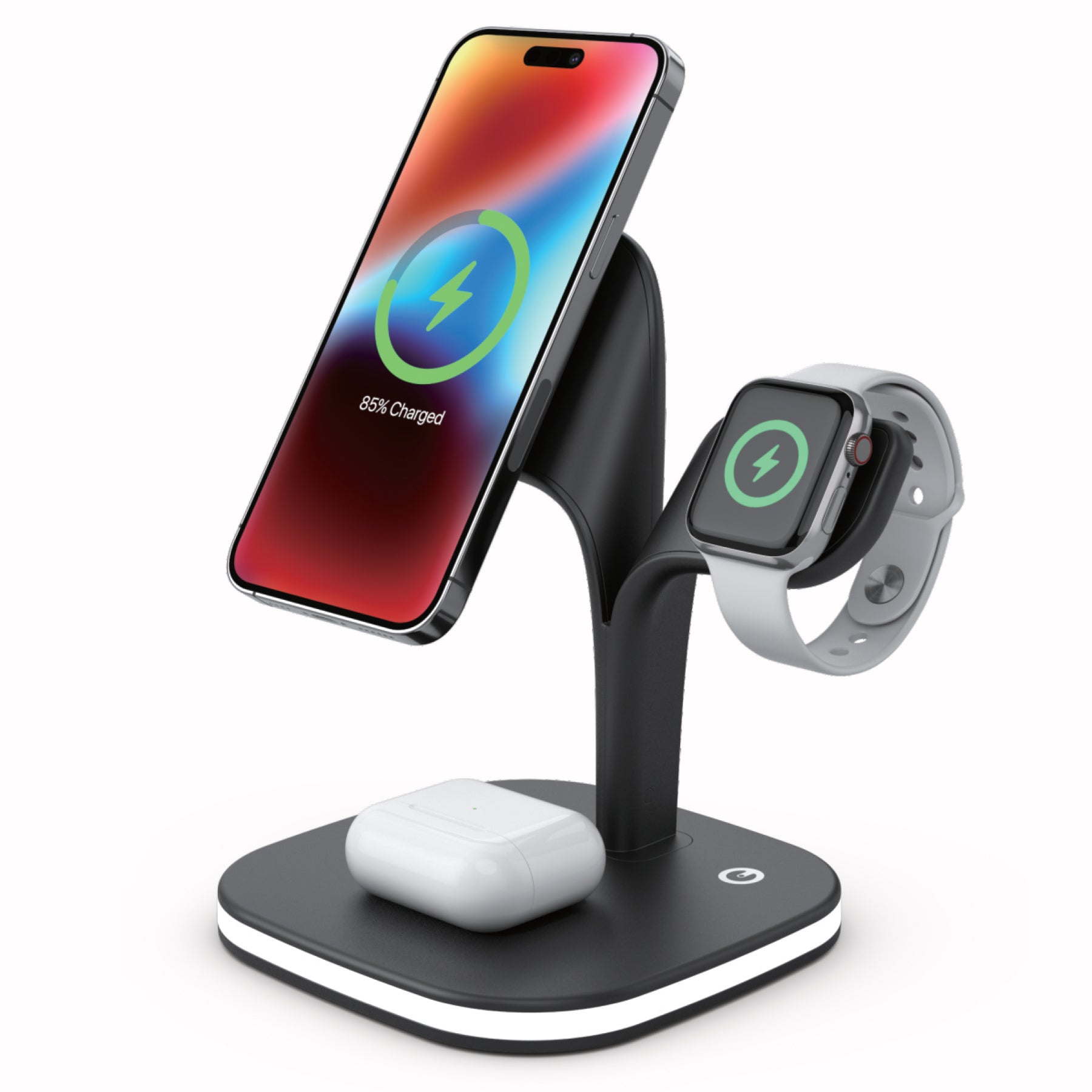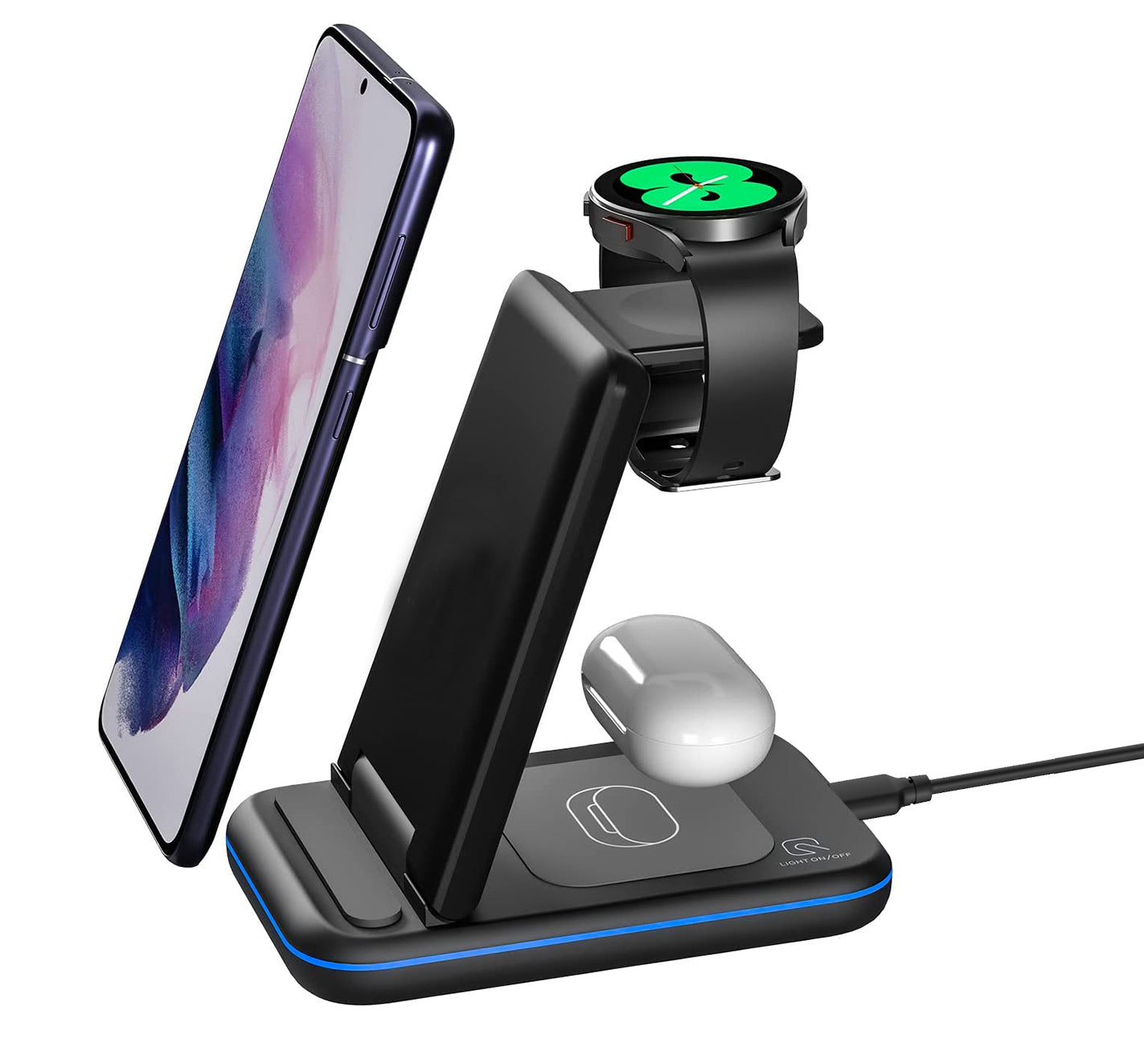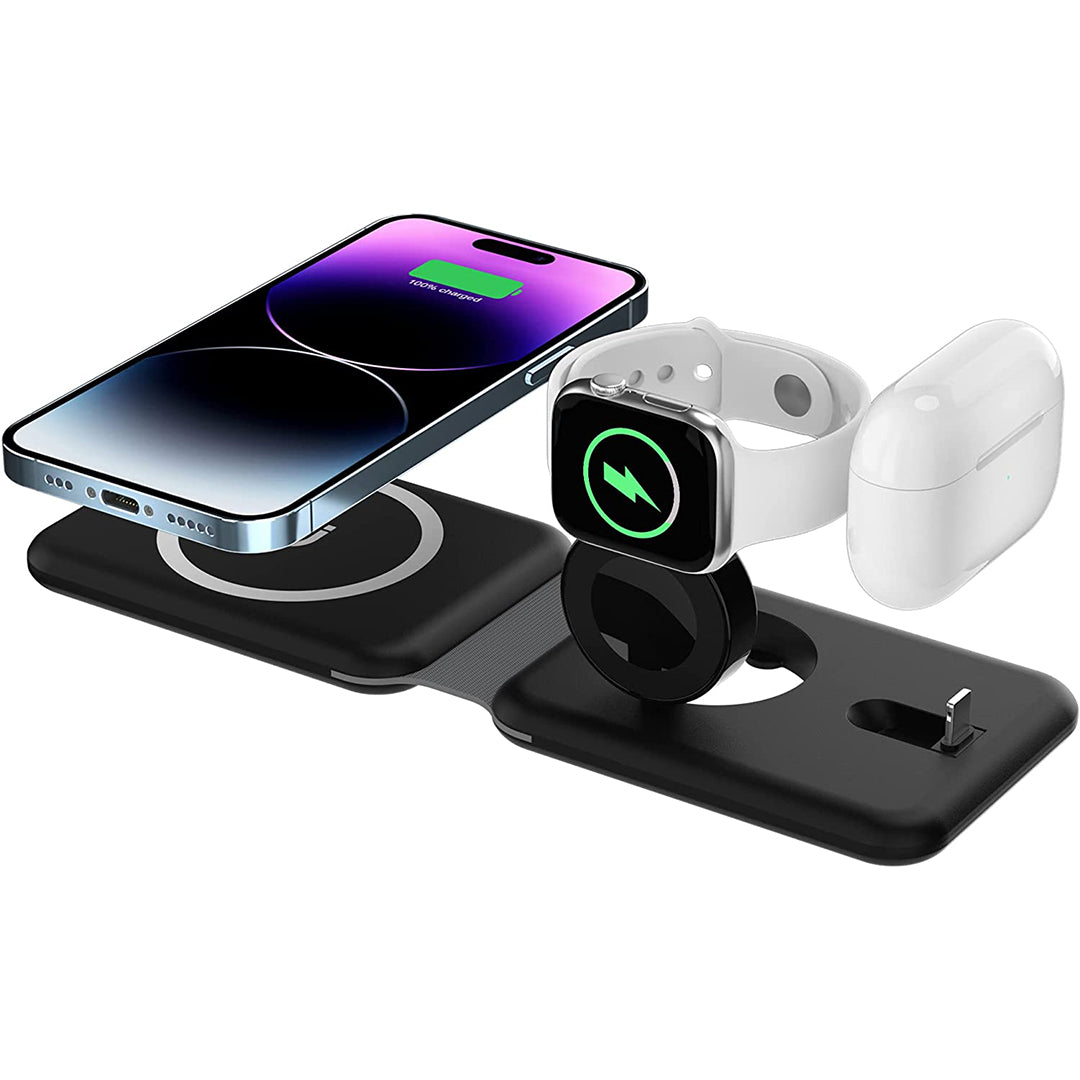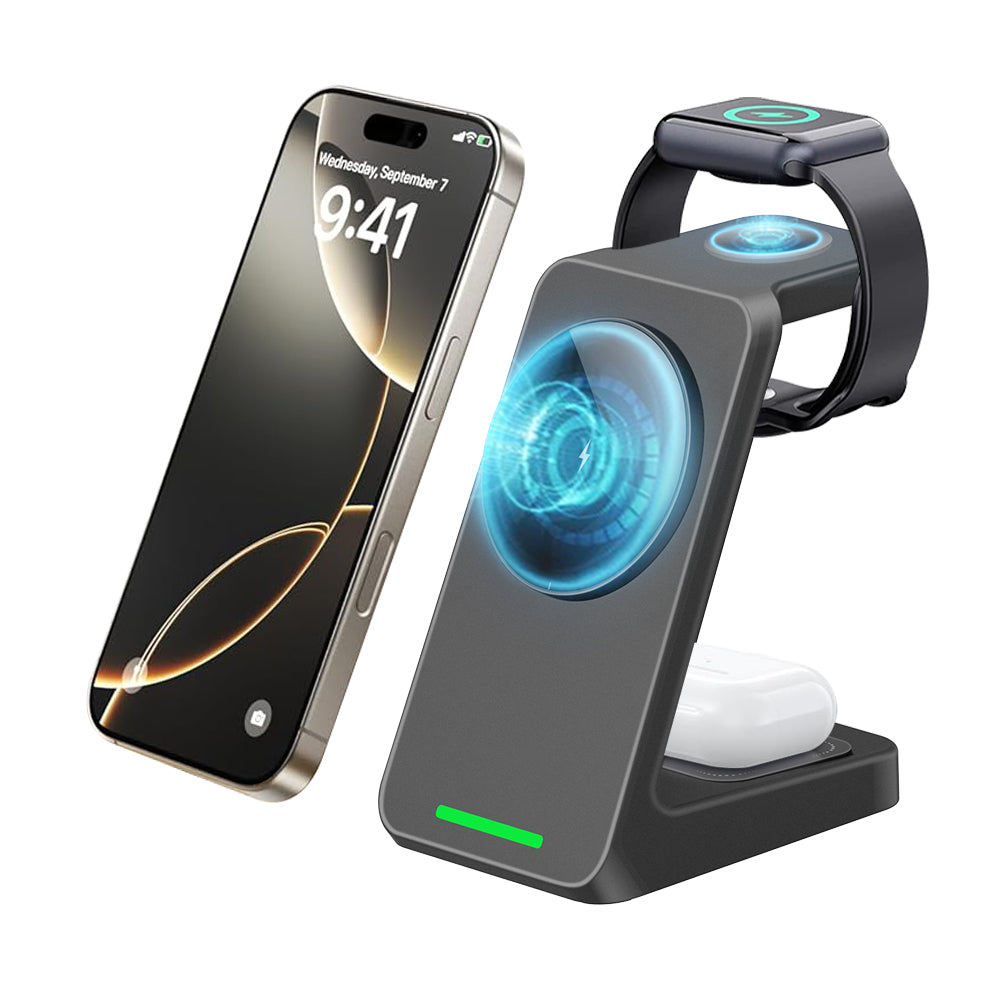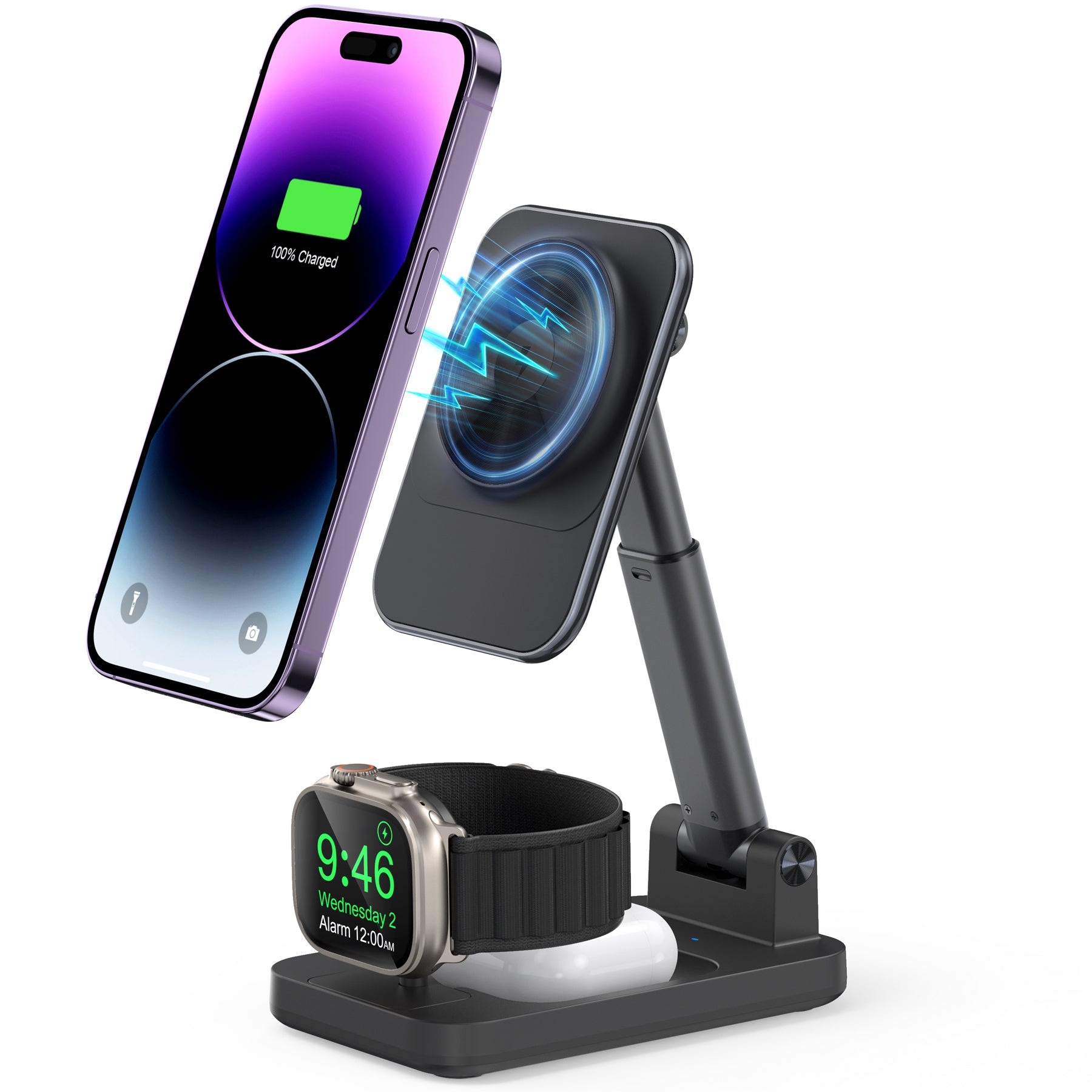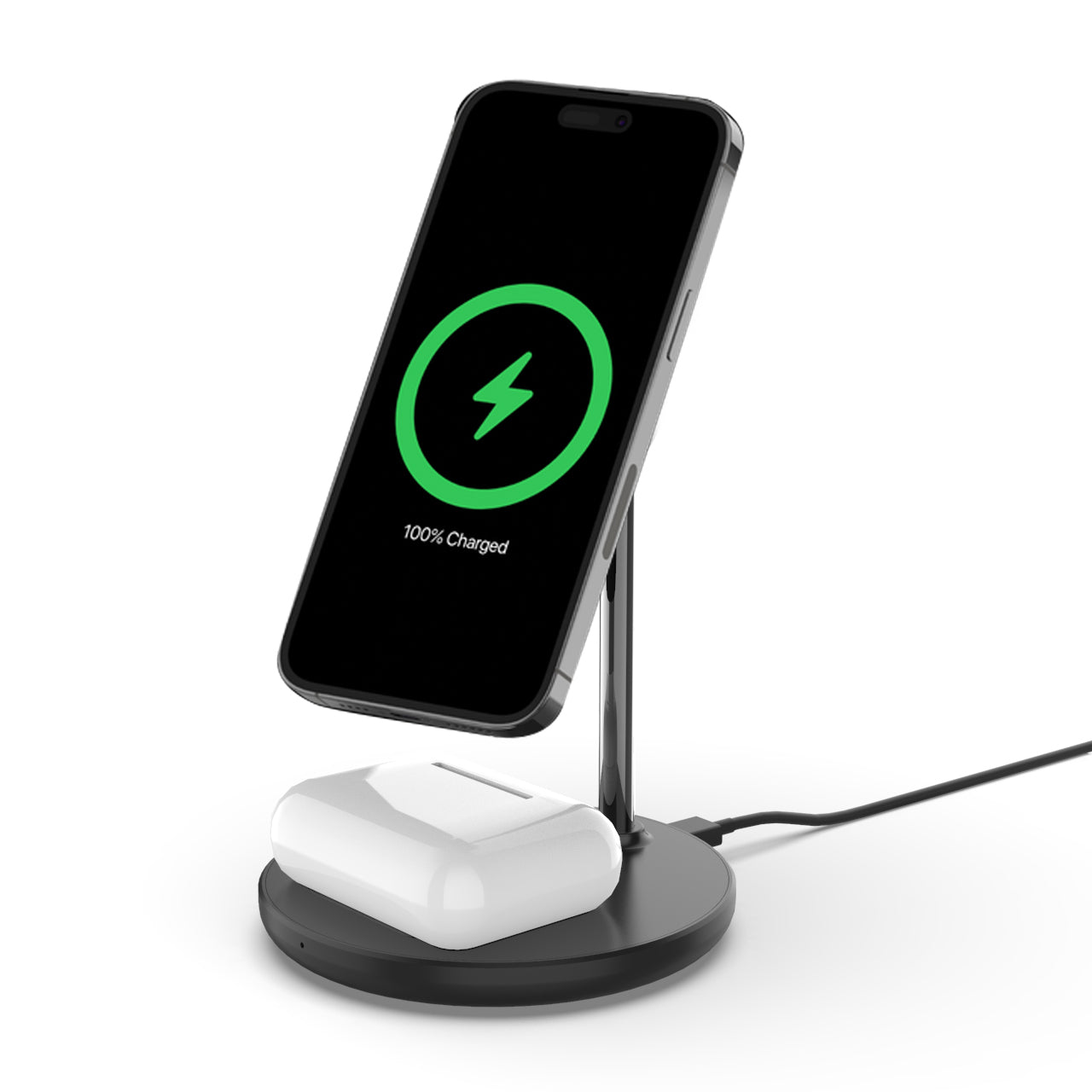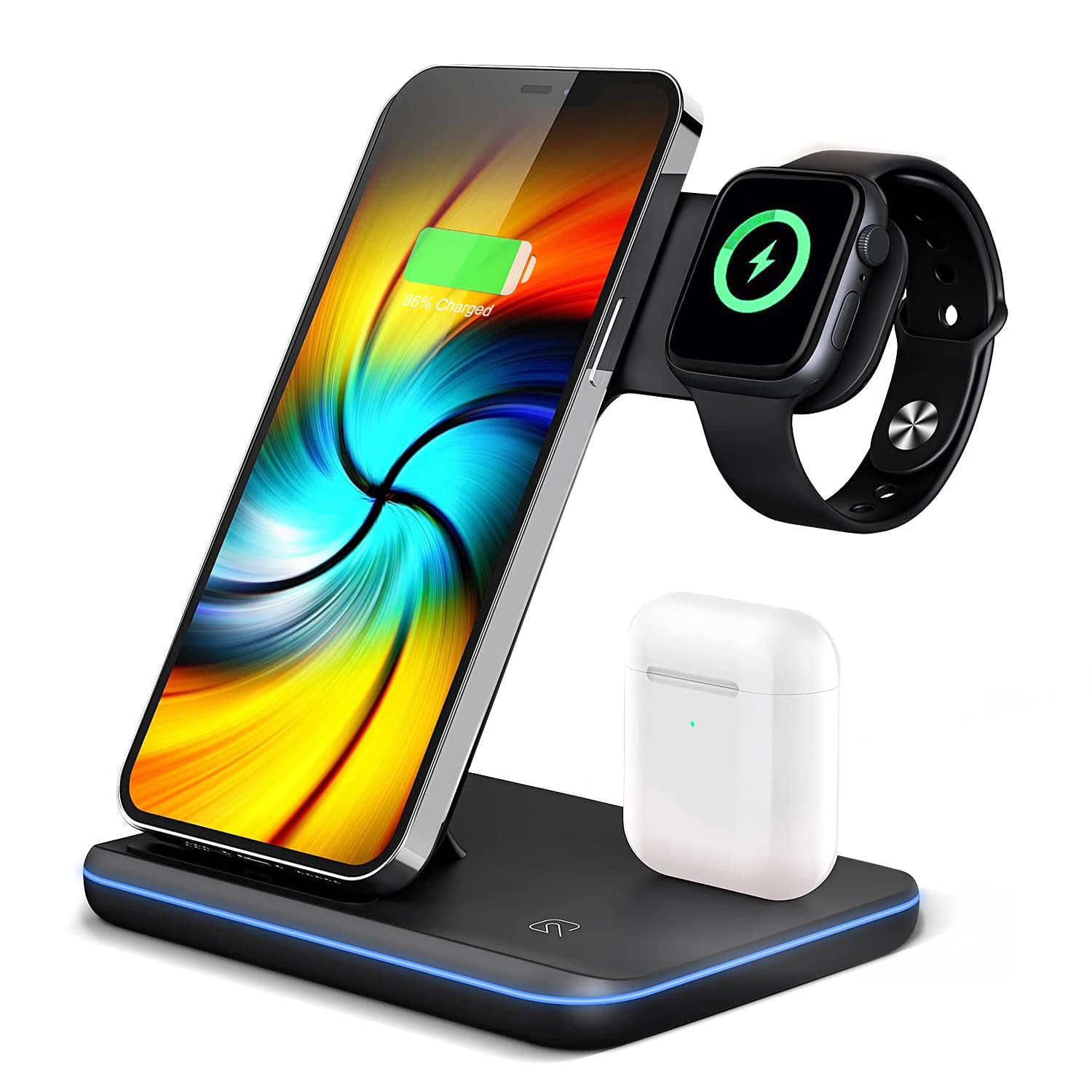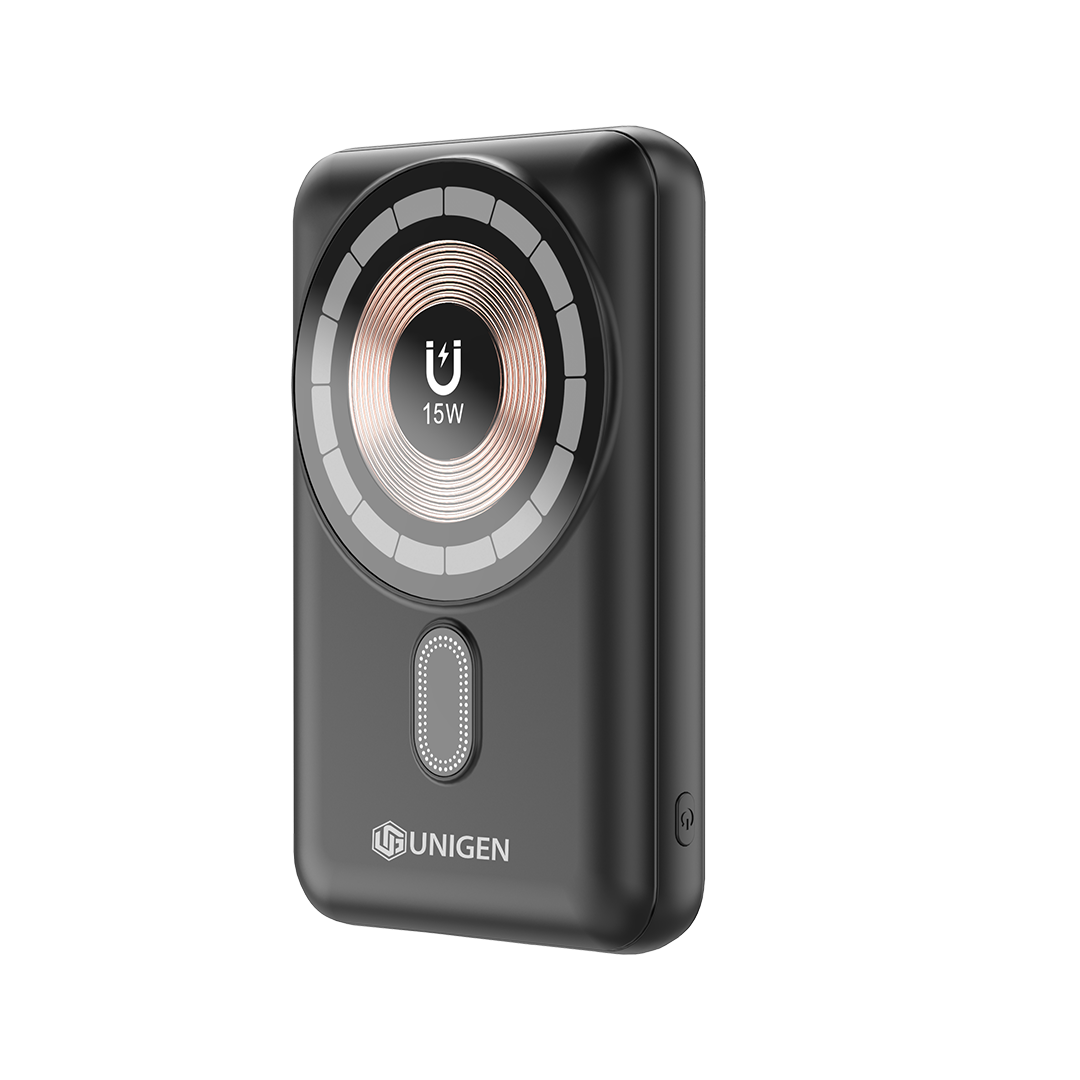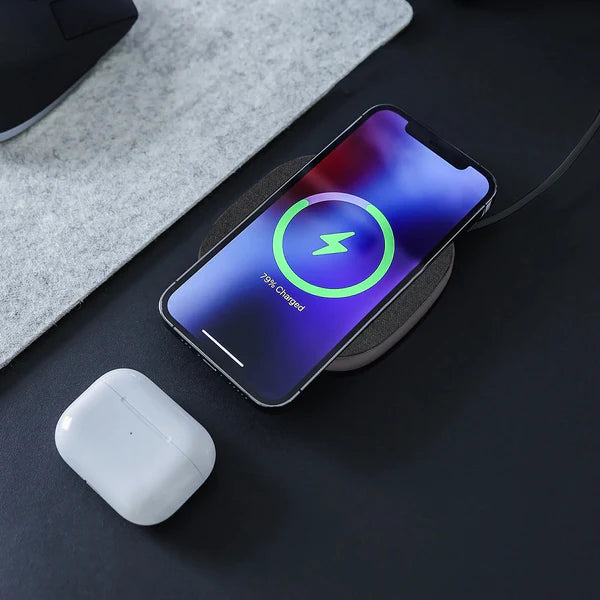
The Future of Wireless Charging Technology: What to Expect
In this post, we'll talk about wireless charger charging pad technology, which does away with the need for charging cords and enables wireless charger solutions for many devices. There are no problems with the wireless charging pad To transport power from the transmitter to the receiver without a physical connection, a time-varying magnetic field induces a current to flow via a closed loop of wire.

This process is known as electromagnetic induction.When charging is finished, the auto shutdown is possible using wireless charging technology. The cost of manufacturing is lower because mechanical connectors are not needed. Mobile makers will be able to do away with power supply sockets, which give access to water, dust, and other corrosive materials, by integrating this technology into mobiles.
Also Read: What is MagSafe
How Wireless Charging Technology Works?

Wireless charging, also known as inductive charging or cordless charging, transmits energy between two objects using electromagnetic induction. It does this by utilizing the electromagnetic field. In most cases, a charging station is used for this. An electrical device receives energy via inductive coupling and uses it to power itself or charge its batteries.
Also Read: How To Choose A Wireless Charger For Your Phone
Wireless Charging Technology The Fuel of the Future
A second induction coil in the portable device absorbs energy from the alternating electromagnetic field and transforms it back into electric current to charge the battery. Induction chargers work by using an induction coil to generate an alternating electromagnetic field inside a charging base. An electrical transformer is created when two induction coils that are close together join. When the inductive charging system makes use of resonant inductive coupling, greater separations between the sender and receiver coils can be made.
Areas of Applications
There are two major categories into which inductive charging applications can be divided: low power and high power.
- Small consumer electronics devices, such as wireless charging mats for iPhones, handheld gadgets, some PCs, and similar devices, which typically charge at power levels below 100 watts, are typically supported by low-power applications.
- Inductive battery charging at power levels of more than 1 kilowatt is referred to as high-power inductive charging. High-power inductive charging is most frequently used to assist electric vehicles since it offers an automated and cordless alternative to plug-in charging. These devices are capable of producing up to 300 kilowatts of power, or one kilowatt. All high-power inductive charging systems use primary and secondary coils that are tuned to resonance.
Also Read: Does wireless charging harm battery health - myth or reality
Standard Wireless Charging Technologies
The Wireless Power Consortium (WPC) and the Power Matters Alliance (PMA) produced the two most extensively utilized and well-liked wireless charging technologies available today. Both WPC and PMA are comparable technologies that operate under the same general tenet, but they differ in terms of how frequently they are employed and the connection protocols they employ.

The qi-certified wireless charging mat, which is now the most widely used standard, is maintained by the WPC Charging Standard, an organization with open membership. The industry leaders in smartphones, including the best wireless charger for iPhone 11 pro, wireless charging mat Apple, wireless charging pad, Samsung, Nokia, and HTC, have integrated the standard into their hardware.
The Qi standard requires a physical connection between the source and the device being charged. The technique now enables wireless power transfer of up to 5 W with an operational frequency o f 100-200 kHz and a transmission range of up to 5 mm. As technology advances, it will be able to transmit up to 15 W over short distances and then 120 W over far longer ones.
The PMA technology uses the same electromagnetic induction theory as the Qi standard but runs at a frequency that is twice as high. The technology initially permitted a power transfer of between 3.5 and 6.5 W, but it has recently been increased to 50 W. The WPC and PMA standards provide resonant and inductive wireless charging.
Design tips for engineers:
Manufacturers want wireless charger solutions to solve wireless charging problems such as low efficiency, heat dissipation, cost, and short-distance transmission. The most effective transmitter systems are those that are simple to construct.
Smart heat management prevents the device battery from heating up during charging by maintaining the transmitter and surface within the acceptable temperature range. The design ought to be portable and small. Lowering switching and conduction losses will increase charging speed.
Infineon uses established and dependable silicon technology in place of GaN to achieve high performance. It is presently focusing on medium-voltage GaN solutions that have reached the same degree of maturity as silicon devices to further improve performance.
According to Vinay, a sales representative from Mouser, their solutions utilize inductive charging and have a back-coil EMI shield that further reduces the leakage field to achieve an efficiency of up to 93 percent.
Future Trends
For consumers of Internet of Things devices, wireless charging promises to boost mobility and range. The initial wireless chargers could only be placed a few centimeters away from the device they were charging. The separation has grown to roughly 10 centimeters for new chargers. It may soon be able to send power through the air across distances of several meters as technology develops quickly.

Additionally, the business and commercial sector keeps coming up with fresh and creative uses for Apple wireless charger mats. Some potential uses for the technology include restaurant tables that can wirelessly power iPhone wireless charger prices in India and other smart devices, office furniture with built-in charging stations, and kitchen counters that can power the coffee maker and other appliances.

